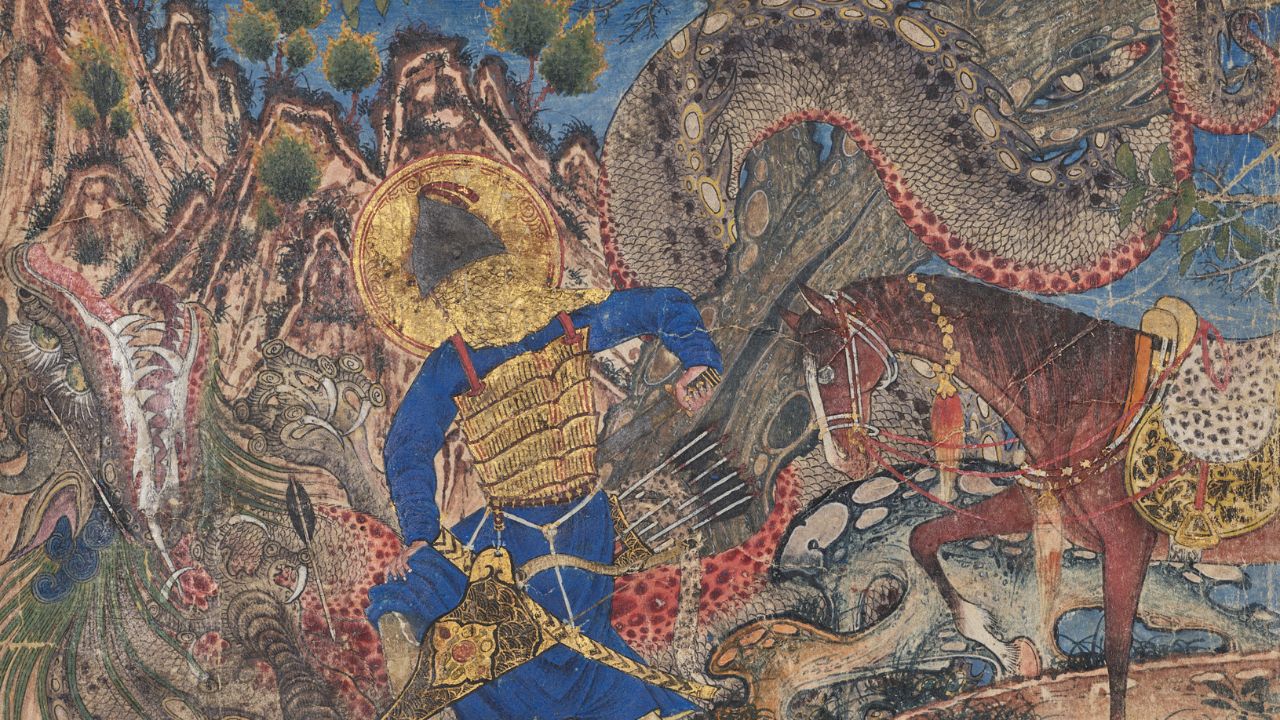Translation is an indispensable tool in fostering cross-cultural communication and understanding. Within the vast tapestry of global languages, Mongolian stands as a unique and captivating member, renowned for its rich cultural heritage and historical significance. In this article, we delve into the intriguing world of Mongol translation, exploring its challenges, techniques, and its crucial role in preserving and disseminating the Mongolian language and culture.
Mongol translation serves as a vital conduit for sharing the Mongolian language and culture with the rest of the world. As a language spoken by over 10 million people primarily in Mongolia and neighboring regions, the need for effective translation is paramount. It allows Mongolian literature, historical texts, folklore, and contemporary works to reach wider audiences, enabling a deeper understanding of Mongolian traditions, customs, and values.
Translating Mongolian poses several unique challenges due to its complex grammatical structure, cultural nuances, and distinct writing system. The Mongolian language belongs to the Altaic language family and features agglutination, where words are formed by adding affixes to a root. This intricate structure requires meticulous attention to detail, as slight variations can significantly impact the meaning of a translated text.
Another challenge lies in capturing the essence of Mongolian culture within translations. Mongolian customs, traditions, and historical events often require a deep understanding to accurately convey their significance to non-Mongolian speakers. Translators must navigate the intricacies of cultural references, metaphors, and idiomatic expressions to ensure faithful and culturally sensitive renditions.
One of the primary goals of Mongol translation is to preserve the linguistic integrity of the Mongolian language. This involves maintaining the nuances, rhythms, and stylistic elements that make Mongolian unique. Translators must strike a delicate balance between staying true to the source text and adapting it for the target language, ensuring that the essence and spirit of the original Mongolian text are not lost.
To overcome the challenges of Mongol translation, translators employ various techniques and strategies. Transliteration, the process of representing Mongolian words or phrases in a different script, is commonly used for names, historical terms, and specialized vocabulary. This allows non-Mongolian readers to recognize and pronounce the original Mongolian terms while providing a transliterated form for ease of understanding.
Translators also employ cultural adaptation techniques to ensure the relevance and comprehensibility of the translated text for the target audience. This involves making necessary adjustments to idiomatic expressions, metaphors, and references to align with the cultural context of the target language.
Technology plays an increasingly significant role in Mongol translation. Machine translation systems, such as neural machine translation, leverage large-scale language models like GPT-3.5 to provide quick and automated translations. While these tools can be helpful for basic understanding, they still face challenges in accurately capturing the linguistic nuances and cultural intricacies required for high-quality Mongol translation. Human translators, with their linguistic and cultural expertise, remain irreplaceable in ensuring accurate and culturally appropriate translations.
Mongol translation serves as a crucial bridge between the Mongolian language and the wider world, facilitating cross-cultural understanding and appreciation. Translators face unique challenges in capturing the complexity of the Mongolian language and culture, but their expertise and dedication ensure that Mongolian literature, history, and contemporary works can be enjoyed and understood by a global audience. As the world continues to embrace multiculturalism, the art of Mongol translation will continue to play an essential role in fostering unity and appreciation for the diversity of human languages and cultures.

